As a part of the written assessment in the Spring 2018 semester's Mediation, Facilitation and Communication Skills class, students were assigned to write a letter to a young peacebuilder, outlining the insights and advice Kroc School students felt they had to offer. Viet Mai, recent Master of Arts in Social Innovation (MASI) graduate and educator shares what he has learned in a letter to a young peacebuilder.
Dear Young Peacebuilder,
I’d like to start off by saying that it’s an honor for me to write you - a young peacebuilder. You might not even consider yourself one, but because these words have reached your consciousness, it is addressed to you, a young peacebuilder. Somehow you have found yourself in a world where building peace, is a thing. And you’ve answered a calling. Or are still answering. Maybe even asking what that calling is. Let me assure you, that all of these things are true. I’m honored because somehow you already know all this. And here we are. Find your peace. And build from there.
Think about all the things that led you here—this letter, where you are currently reading it, this time in your life, and this space we’ll call peacebuilding. All of these are reflections of your journey so far. How did you get here? Even more importantly, why are you here? Knowing the path that led you here and your why will provide you with a valuable foundation for your journey as a peacebuilder. Your story, unique as it is, will be the common thread that weaves into the stories of others. Your ongoing journey as a peacebuilder, should you choose to accept (and it is a choice - every time), will draw from your previous experiences. It will require you to select the “best practices” you’ve learned, and “activities” you’ve participated in, sure. But choosing to build peace (because not everyone does), is more than which format and tools you decide to implement. It is reminding yourself of the experiences you’ve endured to build peace in your own life. Find your peace. And build from there.
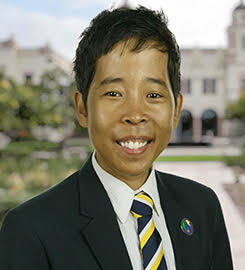
Viet Mai, Master of Arts in Social Innovation 2018 Graduate
Every encounter in your personal life has an amazing potential to radically change someone else’s life. This is why I say: Every moment is a life-changing moment. Intimidating, I know. But it is essentially the ripple effect; or better yet, the butterfly effect in Chaos Theory—the idea that the flutter of a butterfly can spawn a typhoon on the other side of the world. Consider then, what flutters in your life, helped you spawn into the peacebuilder you are today? What simple acts of kindness have shown up in your experience? The challenges you’ve overcome, and those who helped you, are the foundational sources of your ongoing journey as a peacebuilder. Imagine then, how everyday experiences in your own life might flutter into a typhoon of peace (or pain) in someone else’s. This is why every encounter—at work, with strangers, among friends, family or by yourself—can “show up” in this space we call peacebuilding. Find your peace. And build from there.
It is generally good practice to set intentions when doing peacebuilding work. It may even be useful to set intentions daily—or if you’re ambitious, for each task or activity throughout your day. Whether you’re working with your peacebuilder hat on, or you’re practicing mindfulness in your own life, setting intentions can help you stay grounded. It can give you a sense of structure or goal for a task at hand. Or in a broader sense, it can be part of fulfilling your deeper purpose—that why we talked about earlier. It might be something generic like, today I will approach every situation with kindness. And in doing so you may notice that kindness isn’t always the first thing that shows up for you in situations. By setting your intention, however, at least you’ll know when it isn’t being met. That’s where the power of setting intentions comes in. They are reminders to refocus our energy when our attention goes astray. In peacebuilding work, it can look like redirecting the conversation when someone gets confrontational and the intention calls to build understanding. For your own peace journey, it can mean the difference between being reactionary and being responsive. Whatever the situation calls for, intentions give you direction, guidance, or simply a way of being in order to move forward towards a goal or objective. Find your peace. And build from there.
Even with the best of intentions, the outcome might not always match. Beware of being too rigid in your intentions, that you miss out on the beauty of spontaneity. Oftentimes as peacebuilders, we want very much for a process to look a certain way, or an outcome to manifest within a time frame. But the magic of peacebuilding (because it often does feel like magic) doesn’t happen in the planning; it happens in the moment. It is in the unscripted conversations, the stories people choose to share, or the random acts of kindness from unexpected sources. Never underestimate the power of spontaneity. Think about a time when you were pleasantly surprised. Or when you stopped to smell the roses—literally or figuratively. As an educator (and a student) there are times when the lesson plan takes a back seat, and spontaneity drives the dialogue. These are the moments we should embrace, yet are oftentimes glossed over because we’re too attached to an agenda. They are the true teachable moments, or opportunities for lessons learned. And in these moments we let the magic run its course. The key to welcoming this magic will be the blend between the intentions you set and being open to every moment as a life-changing moment. Find your peace. And build from there.
I mention building on a foundation of learned experiences and support from others because peacebuilding work relies heavily on providing a space. And in order to provide that safe, sacred space, you will build on the spaces that were offered to you. A physical location, room arrangement, an affinity group, an inquiry—all of these are important in providing a space for someone to speak. As you travel through your peacebuilder journey, you will encounter some unspeakable stories. I’d be surprised if you haven’t already, and I’m willing to assume that they have something to do with your why. When you take the time to set your intentions, be mindful of the voice that is rarely heard. It could be in a poem activity, a drawing exercise, or a casual check-in during a break. Somewhere in your journey, someone provided you with that space. The more you experience these spaces—a heart-to-heart, a community circle, an open mic, a video on Youtube even—you will strengthen your foundation by opening the space for someone else. If you’re not careful, that great space you’ve created for yourself, might not be so welcoming for others. Be aware of your blind spots. Honor the spaces of others. Put yourself in uncomfortable settings. “Step out of your comfort zone” is what we say with the youth I work with. This will allow you to truly empathize with those who don’t normally have a space. The space you provide might be the only one. Find your peace. And build from there.
I conclude this letter by saying thank you, for sharing this space with me. As of the writing of this letter, I am 37 years old and I have worked 18 years in education with at-risk youth. Yet I’ve only begun to understand my own journey as a peacebuilder. In world where money has nothing, and everything, to do with peace, I’ve realized that being a peacebuilder isn’t a job title on your resume, or something you can get a certification in—okay, maybe it can be—but being a peacebuilder is answering the calling, in every moment of our lives. The calling to find the peace in everything that we do, in every conflict we experience. Peacebuilding is an ongoing journey arbitrary of the destination; it is the continual act of providing space, for yourself, and for others along that journey. I cannot emphasize enough that finding your peace - in your music, in your friends, in your body, in your food, and your activities—in all of who you are, will be the most contagious form of peacebuilding that cannot be taught, but experienced. And in this continuum, aren’t we all then in fact, young peacebuilders, constantly looking for the peace in every new encounter? The only distinction I see is the choice to answer that calling. Find your peace, young peacebuilder. And build from there.
With Honor and Humility,
Viet Mai, '18 (MA) Fellow Peacebuilder

About the Author
The Joan B. Kroc School of Peace Studies (Kroc School) at the University of San Diego is the global hub for peacebuilding and social innovation. Founded in 2007, the Kroc School equips the next generation of innovative changemakers to shape more peaceful and just societies. We offer master's degrees in peace and justice, social innovation, humanitarian action, conflict management and resolution, and a dual degree in peace and law — programs that have attracted diverse and dynamic students from more than 50 countries. In addition to our graduate programs, the Kroc School is home to the Kroc Institute for Peace and Justice (Kroc IPJ). Founded in 2001, the Institute supports positive change beyond the classroom. Through groundbreaking research, experiential learning, and forward-thinking programs, the Kroc School and Kroc IPJ are shaping a future in which peaceful co-existence is the new normal.


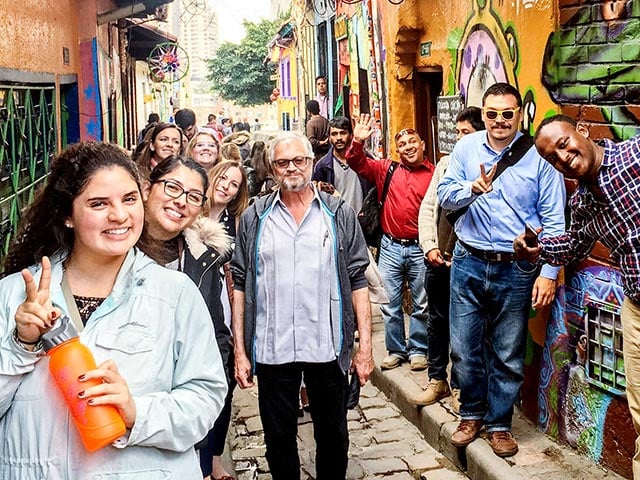
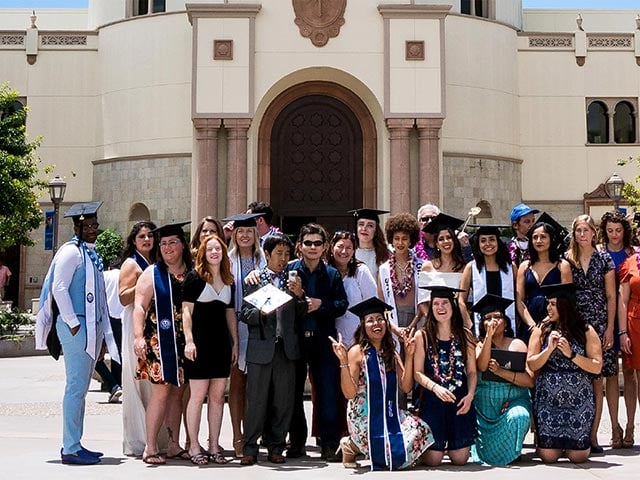
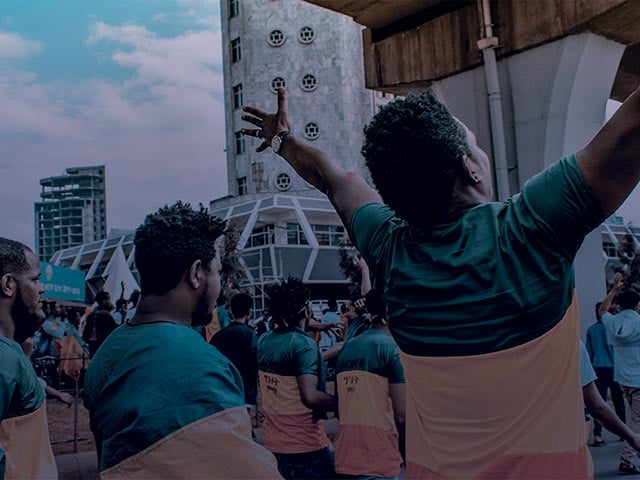
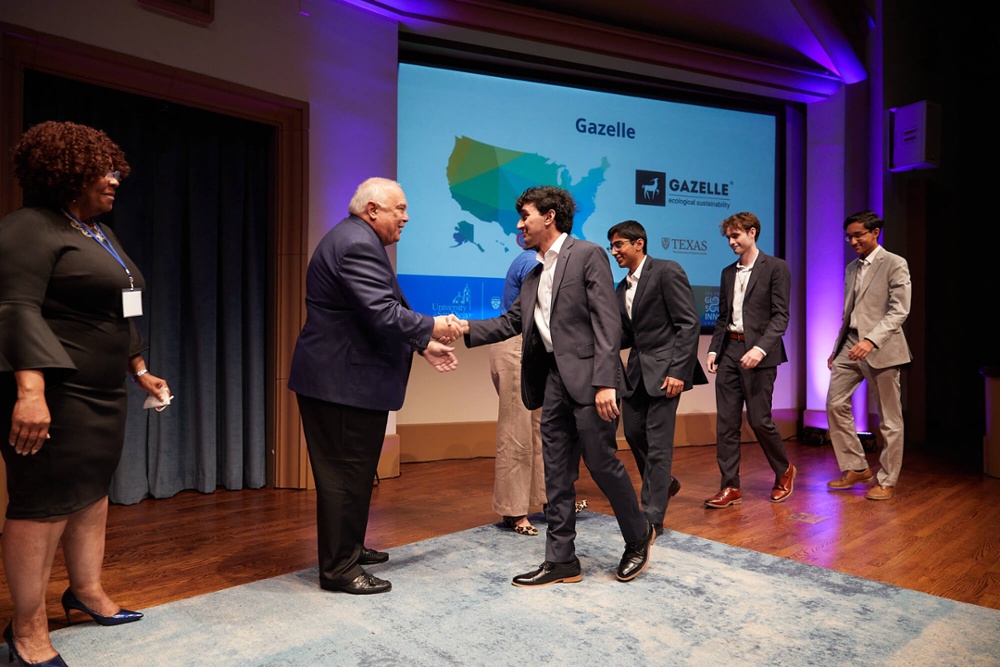
.jpg)